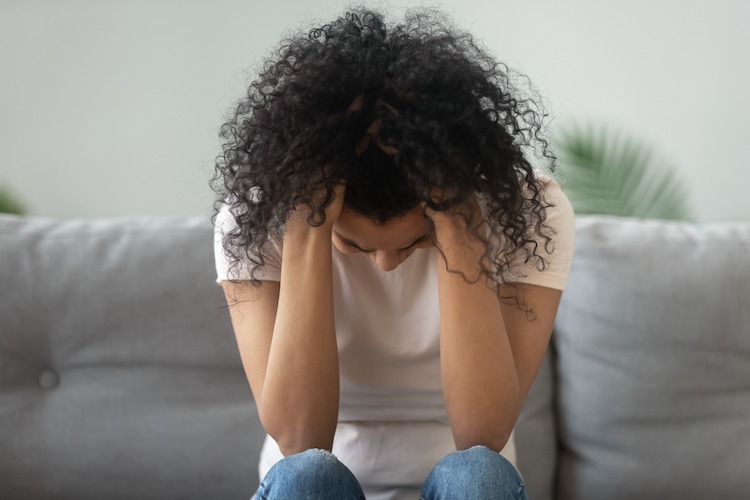Understanding Anxiety: Symptoms, Causes, and Coping Strategies

Fight or Flight
It’s important to recognize the connection between our minds and bodies. From an evolutionary sense, it makes sense that our bodies have a reaction protocol for when faced with a threat. When you feel threatened, it activates parts of your brain that send out distress and response signals to the rest of your body. The most notable part of your brain involved in the anxiety response, and the release of stress hormones, is the amygdala. This small section of your brain acts as part of your limbic system and is important in helping you sense and react to danger (Northwestern Medicine, 2020, para 5).
Your heartbeat can quicken, sweat may form, digestion slows down, and you may find yourself feeling dizzy or overwhelmed. The body’s natural defense systems that kick in aren’t meant to function for long periods of time or chronically, and being in fight or flight often can have negative health consequences as well as impact other parts of your life.
One may ask – why is it called fight or flight? This refers to the way that your body being activated by a perceived threat prompts either a ‘fight’ or ‘flight’ response. Fight does not always mean physical aggression – fight can look like sending an angry email, saying a harsh comment in a conversation, or slamming a door. Flight can look like leaving the room, shutting down emotionally, or staying quiet during a conflict. When we are engaged in fight or flight, it can be hard to problem solve. It is easy to see how staying in an anxious state, with these feelings present, can inhibit our ability to relax, feel comfortable, or make choices from a balanced mindset.
Ways to combat anxiety
There are many strategies to contain and combat unhealthy levels of anxiety. It is important to note that it is not often a realistic or achievable goal to never feel anxiety again – generally, treatment and management is more focused on allowing anxiety to play a healthy, balanced role in one’s life. Coping skills, such as grounding, distraction, or problem-solving coping skills, can be helpful in managing feelings of anxiety. Grounding skills can help de-activate the fight or flight response and help someone return to a calmer emotional state.
CBT, DBT, and ACT, alongside other therapeutic modalities, are also extremely helpful when dealing with anxiety. Oftentimes the feelings of anxiety are tied to other feelings, thoughts, and behaviors. These therapeutic modalities can help someone resolve underlying or recurring causes of anxious thoughts and feelings. At ilearn wellness group, our psychiatric day program includes sessions of all three of these modalities. Contact us today to learn more!
Citation:
Northwestern Medicine. (2020, June). The Science of Anxiety (infographic). nm.org. https://www.nm.org/healthbeat/healthy-tips/emotional-health/the-science-of-anxiety
